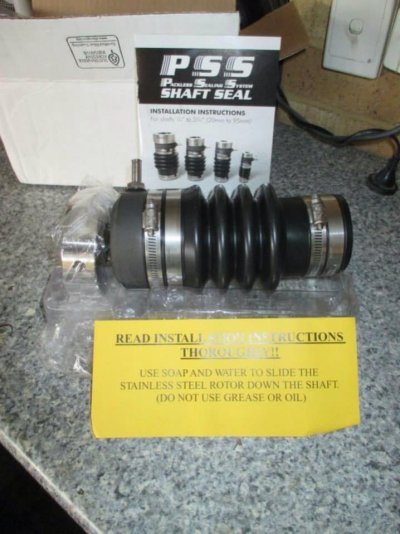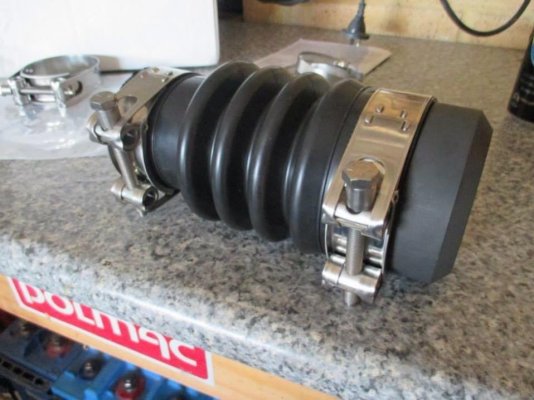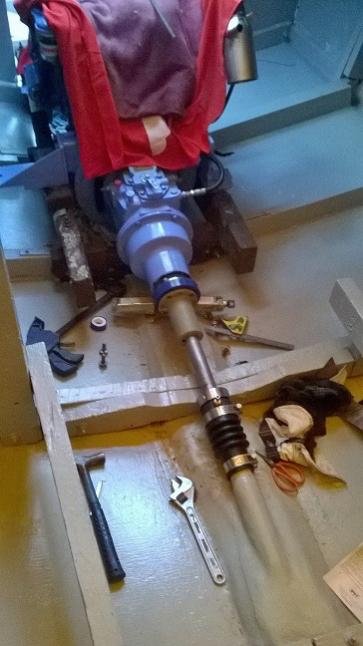hollywood8118
Guru
- Joined
- Nov 16, 2009
- Messages
- 2,379
- Location
- USA
- Vessel Name
- " OTTER "
- Vessel Make
- Ocean Alexander Europa 40
If water is injected through the vent tube, it would lubricate both the cutlass bearings and the sealing plates of the PYI. If water isn't injected, at slow speeds the stern tube just fills up with water and lubricates both of these again, so I don't think injection is required; just perhaps desirable if the stern tube is to be a little cleaner.
Delfin,
Was the crud sea growth or corrosion? What about connecting the vent to plumbed water and giving it a rinse after the boat is run. Also how since the shaft had been out and the stern tube had actually been inspected? If the build up was five years or soin the making it may not be an issue.
I do wonder is through friction,cavitation,negative pressure due to the hull moving forward etc. if it is possible to build up a air bubble at the water side of the PYI and the vent is also there to address this?
I cannot see this happening but I am no hydro engineer..
HOLLYWOOD




